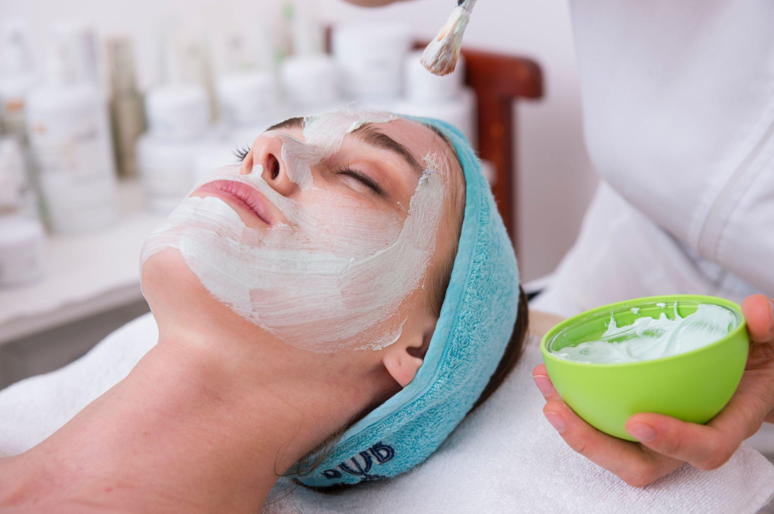There’s no doubt that when you look good, you feel good. The same can also be said for looking and feeling young. Many people have turned to preventative treatment with Botox to do exactly that.
By stopping the transient contraction of your face muscles, Botox (onabotulinumtoxinA) reduces wrinkles. It is a botulinum toxin type A formulation that prevents nerve cells from producing acetylcholine, which activates the muscles.
As a result, your skin does not have any lines, creases, or wrinkles and looks smooth. Botox has gained more popularity recently as a treatment, as it is at Dr Jack’s London clinics, as part of successful anti-aging care.
Over the years, Botox was originally developed as a non-invasive, medicinal, and cosmetic procedure. It was once used to treat physical faults like glabellar frown lines, crow’s feet, and even profuse underarm perspiration.
For a median of three months, Botox treatments for aging temporarily relaxes muscles rather than tissue.
It can help alleviate migraines, unequal eye symmetry, jerking eyelids (when muscular spasms induce your eyelids to flutter), and lifted eyebrows. On the body, Botox can be inserted into the neck to lessen the effects of disorders that cause muscles to tense up or be used to temporarily stop excessive underarm sweating.
However, Botox really shines when it comes to minimizing aging symptoms. Imagine your skin as an element of paper that is repeatedly folded into a crease. Along with sun damage, unhealthy lifestyle choices, and other environmental variables, this constant creasing is what ultimately causes wrinkles.
Table of Contents
FDA approved Botox for cosmetic uses
The FDA granted Botox approval in 1989 to treat ocular muscular spasms.
Numerous experts also saw a reduction in facial wrinkles as well as fine lines, which raised the possibility of cosmetic usage. The impact of Botox on glabellar lines of frowning was first studied.
The FDA authorized Botox for aesthetic use in 2002. To ensure security and effectiveness, additional study and controlled trials were conducted.
Botox and anti-aging preventative treatments
Botox treatments work to delay skin wrinkling, which should stop wrinkles from developing later. If they do, lesions can always be treated with a mix of dermal fillers and Botox, as well as products like Radiesse, Juvéderm, and Restylane. Because of this, younger patients are turning to Botox for anti-aging procedures.
According to market trends, people in their thirties are now receiving Botox treatments to supplement anti-aging routines and delay wrinkles as much as feasible. Wrinkles might be avoided for as long as feasible by starting sooner as a way to avoid them before the genuine signs of age start to appear.
By stopping the transient contraction of your face muscles, Botox (https://www.yalemedicine.org/condition) reduces wrinkles. As a result, your skin does not have any lines, creases, or wrinkles and looks smooth. Botox has gained a great deal more popularity recently as an anti-aging treatment.
How soon does Botox start to work?
Most people experience the intended results of Botox therapy three to four days after the procedure. Within ten to fourteen days, complete benefits will become apparent.
It isn’t uncommon to see the results in the first week after a preventative aging treatment. However, it is more likely you’ll see the full results at around the two-week mark after having treatment performed.
What is the duration of Botox?
Toxins leave the body between three and six months after following Botox treatment, at which point muscles start moving again. As a result, problems including migraines and excessive perspiration may recur. Click here for more information on excessive sweating, or hyperhidrosis.
You might decide to have more Botox injections to keep the effect. You can get advice from your doctor on how frequently to have Botox treatments.
Sometimes, you need to follow up with your physician
When should I make a call to my doctor? Botox is a frequently performed therapy with few severe adverse effects. However, if any of the following occur, contact your healthcare professional right away:
- Vision issues, such as drooping eyelids or blurry vision.
- Urinary tract infection symptoms, such as hematuria (blood in the urine).
- Dyspnea, or shortness of breath.
- Difficulty swallowing.
- Unsteady speaking.
- Untreated area experiencing numbness or paralysis.
- A terrible stomach ache.

